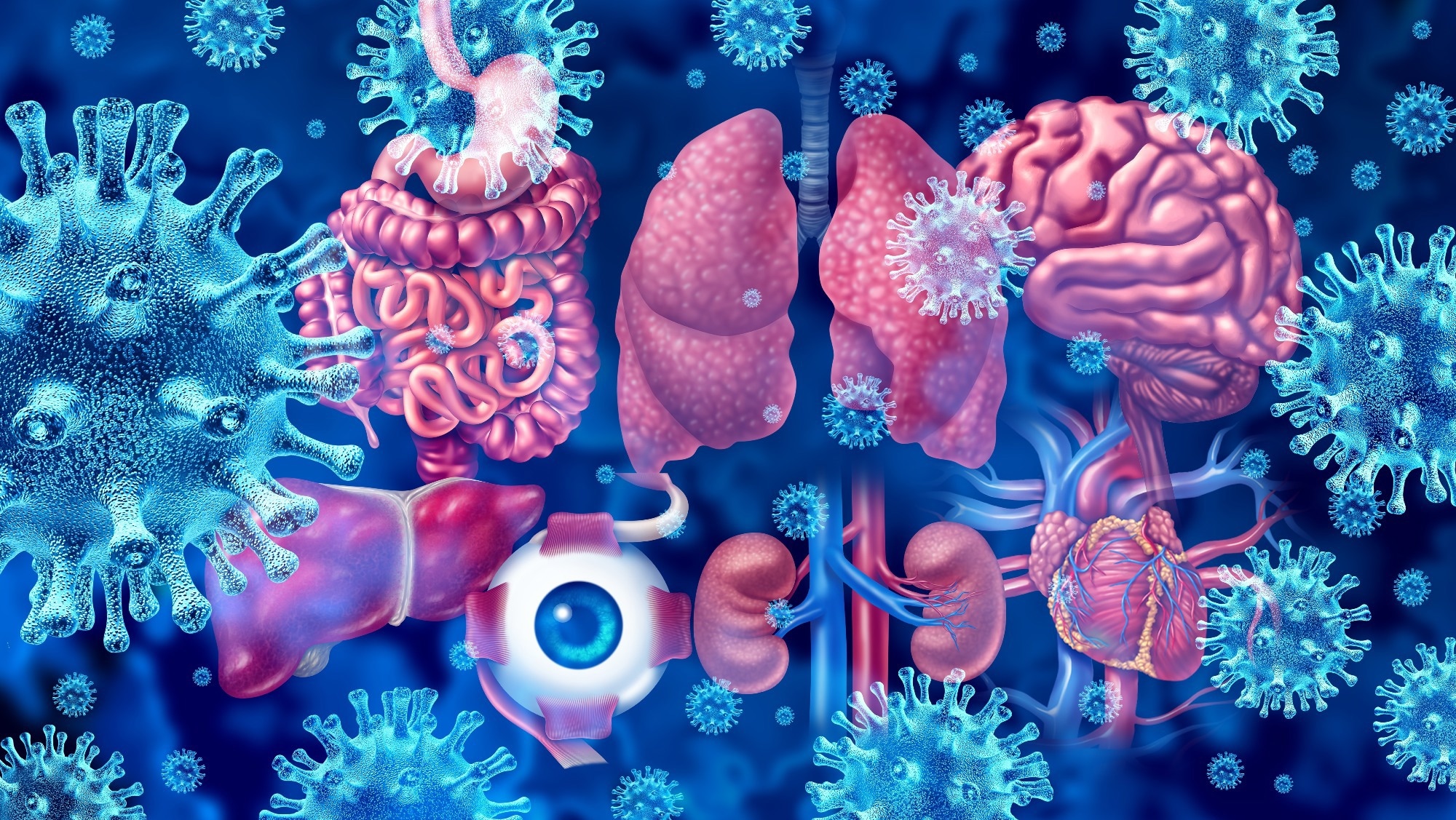Veterans face fatigue and disability post-pandemic, with or without COVID-19 history - News-Medical.Net
In a recent study published in JAMA Network Open, researchers assessed the long-term effects of coronavirus disease 2019 (COVID-19) infection on daily life activities among veterans 18 months post-infection, comparing those with and without COVID-19 histories.
 Study: Self-Reported Everyday Functioning After COVID-19 Infection. Image Credit: Lightspring / Shutterstock
Study: Self-Reported Everyday Functioning After COVID-19 Infection. Image Credit: Lightspring / Shutterstock
Background
The World Health Organisation (WHO) defines post-COVID-19 conditions by its significant effect on daily functioning, yet many studies focusing on post-COVID symptoms and new diagnoses have overlooked functional impacts. Surveys in the general population that compare individuals with and without prior COVID-19 infections often mix the disease's effects with predisposing risk factors. While recent studies have concluded substantial long-term disabilities from new post-COVID diagnoses, direct measures of disability remain scarce. Further research is needed to validate the estimated associations and understand the long-term functional impact of COVID-19.
About the study
In the present study, verbal informed consent was obtained from participants involved in a prospective survey conducted via telephone and mail, targeting veterans 18 months post-COVID-19 infection from October 2020 to April 2021. This timeframe was chosen to ensure that health systems had adapted to the initial pandemic shock, and the reliance on health facility-based testing over home testing minimized classification errors of COVID-19 cases.
The study population comprised veterans engaged with the Veterans Affairs (VA) healthcare system, matched on several criteria, including the month of COVID-19 infection or non-infection, demographic variables, and other health-related factors. The selection process aimed to identify veterans with documented COVID-19 infections and match them with uninfected comparators based on a comprehensive set of variables to minimize confounding effects in assessing post-COVID conditions.
For this research, veterans were stratified and randomly sampled across different months and United States (U.S.) regions, emphasizing a methodological approach to represent the national veteran population accurately. A sophisticated matching process ensured that each COVID-19 case was paired with comparators who had no documented infection, emphasizing the study's robustness and the precision of its comparisons.
The study's design aimed to explore COVID-19's potential as a disabling event, comparing its impact on daily living to that of sepsis or pneumonia. It necessitated significant resources for accurate matching and maintaining internal validity. Precisely planned survey operations encouraged participation by offering incentives and utilizing validated tools to assess U.S. veterans' health and functioning, ensuring comprehensive data collection.
Statistical analyses included assessing covariate balance and examining associations between COVID-19 infection and various health outcomes using regression models. The analyses accounted for potential biases and applied weights to accurately reflect the complex sampling and response rates.
Study results
In the present study involving 186 pairs of veterans, one group having recovered from COVID-19 and their counterparts without infection, participants' mean age around the early 60s, with a predominantly male demographic. When examining fatigue and pain, the findings indicated that both cohorts reported similar fatigue levels, with no statistically significant difference in the scores. Interestingly, a slightly lower percentage of veterans in the COVID-19 group reported experiencing moderate to severe pain compared to their non-infected peers, though this difference did not reach statistical significance.
The research further delved into how daily living activities were impacted. Both groups reported similar numbers of limitations in activities of daily living and instrumental activities, with no significant disparity found between them in the mean number of reported limitations or the odds of reporting multiple limitations.
Another aspect explored was life-space mobility, which measures an individual's geographical movement and independence. Results showed that mobility levels were comparable between those who had COVID-19 and those who did not, with a significant portion of both groups experiencing severely restricted mobility. Employment rates also did not significantly differ between the groups 18 months after the COVID-19 infection.
Quality of life assessments revealed a subjective sense of recovery among participants. A slightly higher percentage of the COVID-19 group felt they had not regained their early 2020 levels of physical and mental capabilities compared to the non-infected group, though the difference was not statistically significant. Health-related quality of life, as measured by the EuroQol 5-Dimension 5-Level
(EQ-5D-5L) health utility scales also showed negligible differences between the two cohorts.
The study conducted sensitivity analyses to validate its findings, including assessments without excluding certain participants and examining the potential enduring impacts of COVID-19 among those hospitalized. Some indications of lasting effects, such as increased fatigue and functional limitations, were noted in hospitalized individuals.
Furthermore, healthcare utilization among participants was scrutinized, revealing slightly higher rates of primary care engagement in the COVID-19 group but no significant differences in inpatient admissions, specialty care, or mental health services.
Comments
Post a Comment